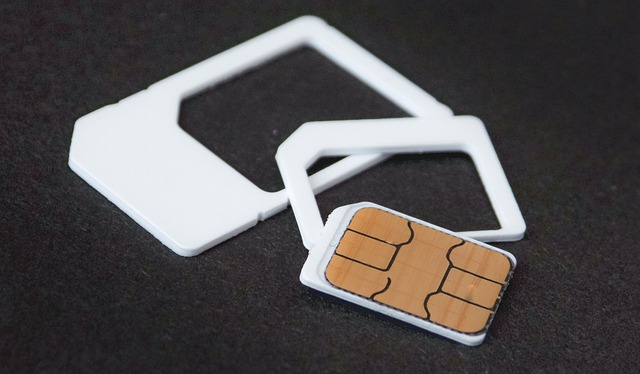The Emergence of eSIM Technology in Consumer Electronics
The landscape of mobile connectivity is undergoing a radical transformation with the advent of embedded SIM (eSIM) technology. This innovative approach to cellular connectivity is reshaping how consumers interact with their devices and service providers. As eSIMs gain traction in smartphones, wearables, and other connected devices, they promise to revolutionize the way we think about mobile subscriptions and device management.

The technology behind eSIMs dates back to the early 2010s when the GSM Association (GSMA) began developing specifications for a new type of SIM that could be remotely provisioned. The goal was to create a more flexible and user-friendly solution for connecting devices to cellular networks. By 2016, the first consumer devices with eSIM capability hit the market, marking the beginning of a new era in mobile connectivity.
The Advantages of eSIM for Consumers
One of the most significant benefits of eSIM technology is the convenience it offers to users. With an eSIM-enabled device, consumers can switch between mobile network operators without physically changing SIM cards. This process, which previously required obtaining a new SIM card and potentially visiting a store, can now be completed entirely through software.
For frequent travelers, eSIMs are particularly advantageous. Users can easily add local data plans when visiting foreign countries without the need to purchase and insert a local SIM card. This not only saves time but also reduces the risk of losing tiny physical SIM cards or damaging the SIM tray.
Moreover, eSIMs allow for multiple profiles to be stored on a single device. This means users can have separate personal and work numbers on the same phone without carrying two devices or using a dual-SIM phone. The ability to switch between profiles seamlessly adds a layer of flexibility that was previously unavailable with traditional SIM cards.
Impact on Device Design and Manufacturing
The adoption of eSIM technology has significant implications for device design and manufacturing. Without the need for a physical SIM card slot, device makers can create slimmer, more water-resistant devices. This space-saving aspect is particularly crucial for smaller devices like smartwatches and fitness trackers, where every millimeter counts.
Furthermore, the elimination of the SIM card slot reduces the number of moving parts in a device, potentially improving durability and reducing manufacturing costs. For manufacturers, this also simplifies the production process, as they can produce a single model of a device that works with multiple carriers worldwide, rather than creating different versions for various markets.
Challenges and Adoption Hurdles
Despite its advantages, eSIM technology faces several challenges in widespread adoption. One of the primary concerns is the potential for lock-in by device manufacturers or mobile network operators. There are fears that some players in the industry might use eSIM technology to make it more difficult for consumers to switch providers or devices.
Security is another crucial concern. While eSIMs are designed with robust security measures, the remote provisioning process introduces new potential vulnerabilities that need to be carefully managed. Industry stakeholders must work together to ensure that eSIM technology maintains the highest standards of security to protect consumer data and prevent fraud.
Additionally, not all mobile network operators have fully embraced eSIM technology. Some are hesitant due to the investment required to update their systems and processes. This reluctance can lead to a fragmented user experience, where eSIM functionality is not universally supported across all operators in a given market.
The Future of eSIM Technology
As eSIM technology continues to evolve, its applications are expected to expand beyond smartphones and wearables. The automotive industry, for instance, is beginning to incorporate eSIMs into connected cars, enabling seamless connectivity for navigation, entertainment, and vehicle diagnostics.
The Internet of Things (IoT) sector is another area where eSIMs could play a crucial role. For large-scale IoT deployments, the ability to remotely provision and manage connectivity for thousands of devices could significantly reduce operational complexity and costs.
Looking ahead, the integration of eSIM technology with emerging 5G networks could unlock new possibilities for mobile connectivity. The combination of high-speed, low-latency 5G networks with the flexibility of eSIMs could enable new use cases in areas such as augmented reality, virtual reality, and autonomous vehicles.
As more devices adopt eSIM technology and more operators support it, we can expect to see a shift in how mobile services are marketed and sold. The traditional model of carrier-locked devices and long-term contracts may give way to more flexible, software-based subscription models that put more control in the hands of consumers.
In conclusion, eSIM technology represents a significant leap forward in mobile connectivity. While challenges remain, the potential benefits for consumers, device manufacturers, and the broader ecosystem are substantial. As the technology matures and adoption grows, eSIMs are poised to play a central role in shaping the future of telecommunications and connected devices.





